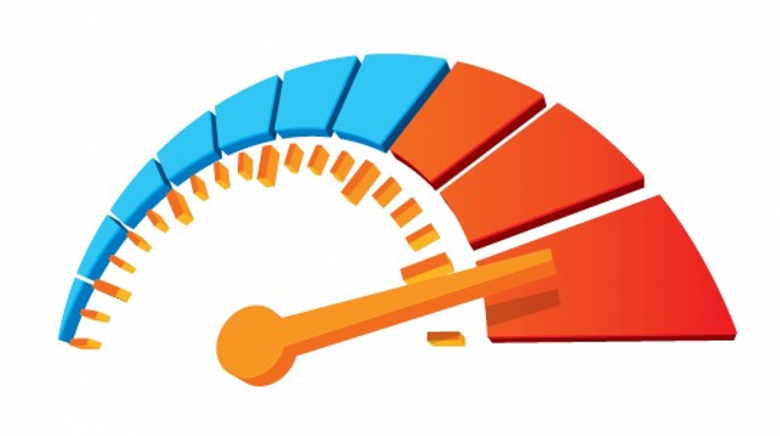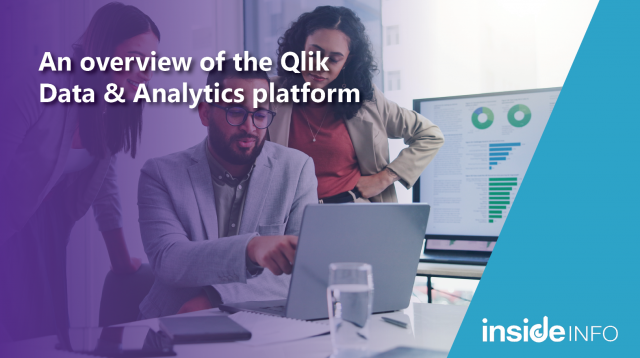Using Data To Maximise B2B Sales

How costly is poor prospect or opportunity qualification to your business? Too often than not in business-to-business (B2B) sales a vast amount of time is spent on prospects and deals that result in zero return. This is where sales and marketing analytics and better business intelligence become increasingly important - essential to unlocking insights, increasing revenue, profitability and brand perception.
Unlocking the power of sales data
Typically lead generation and researching accounts consume about one day a week for a sales rep. So it stands to reason that if reps are spending more time researching and trying to understand accounts, they have less time to sell and focus in on converting and upselling quality prospects or clients. Identifying opportunities early that are a good fit through business analytics, is key to increasing sales productivity and business results. According to research from McKinsey&Company business analytics is a key driver of organisational growth.
McKinsey looked at two distinct groups of enterprises - fast growers and slow growers - and found that the fast growing sales organisations use analytics more effectively than most, with 53% heavily investing in sales analytics, compared to only 37% of organisations categorised as slow growers. Sales analytics is a proven weapon for differentiating organisations from the "also-rans" in their industries.
Companies have been using sales data in recent years for:
- Radically improving lead generation
- Matching customers with the right proposition and salespeople
- Reducing churn and maximising customer value
- Setting price points optimally on a rolling basis
All of the above are easier to do with data than by relying only on gut instinct. Given their potential to add real value to the business, they're more than worth the investment required.
Sales analytics must be intuitive
It is important to organise and present data based on the perspectives the organisation decides to emphasise. For example, one organisation we work with had always led with information on sales rep performance first. Strategically, they decided they wanted the reps to first look at information from the customer perspective – information on what is happening in their territory and with their customers. So they organised data views on a sales rep dashboard to show specific KPIs on their customer – such as ranking customers based on sales or the number of face-to-face meetings that have occurred.
In a competitive environment, a sales rep being better prepared and informed on what is going on with the client can be the make or break in winning a deal and extending a relationship. Here are some other key considerations in using data to maximise B2B sales:
- Make dashboards and analytics visually engaging; this will help drive adoption. All people, in particular salespeople, like something that looks fresh and new. GeoAnalytics and mapping are useful tools here.
- Keep it simple. Sales teams are not data scientists, and people within sales teams change regularly. Analytics needs to be simple enough for the average salesperson to pick up without lots of training.
- Training should focus mainly on what behaviours and actions the sales leaders want from the reps in using the analytics. What are we going to do differently now that we have this information?
- Ensure the right amount of information is provided – just enough for reps to do their job and make the decisions, and no more. This includes all performance information in the one place from multiple sources (e.g. sales, CRM, market share), creating a single view of the customer.
- Consider the device they use and tailor the information to that device; for example, if sales reps use iPads, design the analytics on an iPad.
- With these capabilities in place, you'll have the foundation to serve up relevant, pertinent, and actionable information to management and your reps. This will increase the number of higher priority opportunities on which become focus, decreasing the time spent sourcing information and increasing sales rep selling time, close rates and performance.
For more information on providing sales teams with relevant information to do a better job, download this complimentary report.




